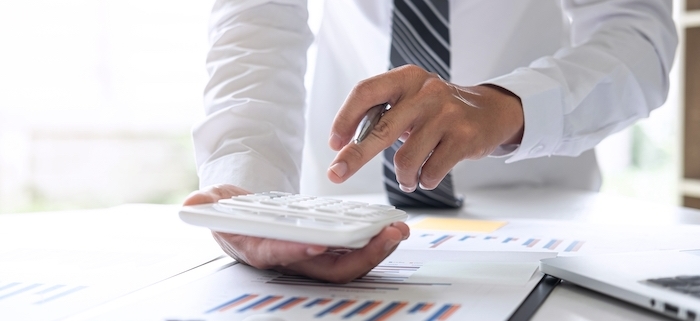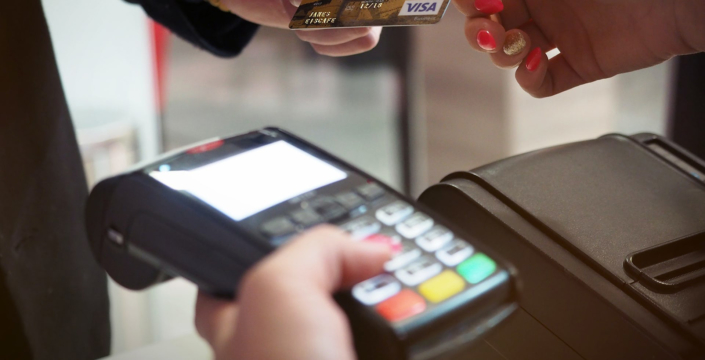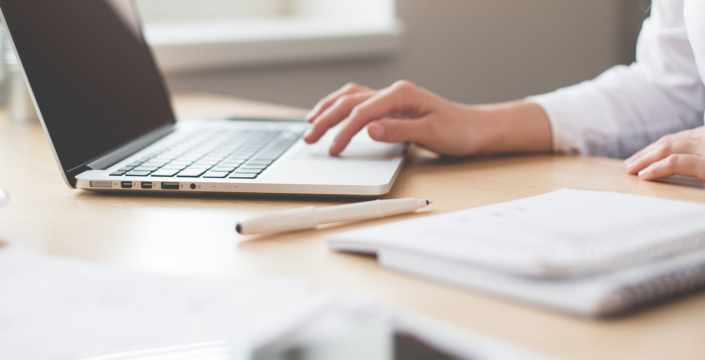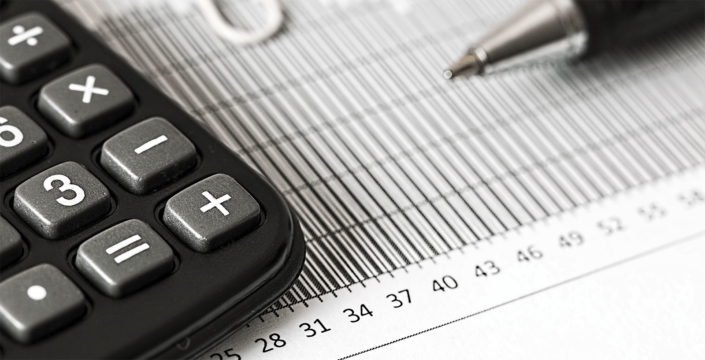Blog | All Posts | All Topics
What is the Purpose of a Balance Sheet?
Recording daily transactions gives you a granular look at spending and income. But sometimes you need to pull back and look at the big picture; a balance sheet makes it easier. Often prepared on a quarterly or annual basis, a balance sheet outlines your business’s total assets, liabilities, and equity.
A balance sheet has a debit column and a credit column. As its name suggests, these two sides should balance out. If they don’t, it may reveal an accounting error, missing inventory, or other problems.
If you’re not already preparing this document, it’s time to start. Let’s talk more about the purpose of a balance sheet and how to read it.
What is a balance sheet?
You can learn a lot from your business’s balance sheet. This report explains what you owe other people, the value of your current assets (both cash and property), and the worth of your shareholders’ ownership. In short: It tells if you’re on the right financial track or if you’re in the red.
A balance sheet only reveals your financial position in the moment the report is created, which is why many businesses choose to prepare it multiple times throughout the year. You can get a sense about how quickly you are paying down debt and the scale of your sales growth by comparing balance sheets quarter-over-quarter.
What is included in the balance sheet?
There are three main aspects to balance sheet reporting. Combined, they reveal the worth of your assets, which are equal to your liabilities plus your equity.
Assets
The assets portion of your balance sheet tracks the things your business owns that have value. This includes current assets, like the cash in your bank accounts and short-term investments.
Assets also include non-current assets, which may also be called capital assets. Non-current assets are items of value that your company plans to keep over time, such as a fleet of vehicles or office equipment.
Intangible assets like intellectual property also go in this category. A registered patent or proprietary process brings value to your business — even if you have yet to translate it to hard cash.
Liabilities
Liabilities measure anything your company owes to another person or entity. This includes both short- and long-term debts. Short-term liabilities are debts that must be paid within the next year. This could be anything from a short-term loan to a utility bill.
Long-term liabilities are debts that are not due within 12 months of your balance sheet date. These debts could be property mortgages, deferred tax liability, or vehicle loans. On most balance sheets, long-term (non-current) liabilities are listed separately from short-term liabilities.
Equity
The owner’s equity – sometimes called the shareholders’ equity – is the portion of a business that the shareholders own after liabilities are subtracted from the total assets. If you have $500,000 in assets and $200,000 in liabilities, the equity in your business is $300,000.
What is the purpose of a balance sheet?
If you’re already keeping on top of bookkeeping like your general ledger and accounts payable, what is the purpose of a balance sheet, really? This document provides a unique snapshot of your business’s financial position and can help you catch missing cash. But that’s not all. Here are three main reasons to create this document throughout the fiscal year.
Determine your business’s financial health
If you don’t have enough cash assets to cover your short-term liabilities, your business is on the brink of trouble. Your balance sheet shows you where your business is thriving and where it may be overextended. You can use it to determine your organisation’s net worth. Identifying your financial health is not just good for peace of mind. A positive financial picture may also allow you to secure more funding or attract investors in the future.
Compare a business to its competitors
Your balance sheet also reveals your debt-to-income ratio. You can use it to predict annual revenue and forecast your quarterly earnings. You can take this data and compare it to your competitors’ public financial disclosures. Are you doing better or worse than your primary competition? A balance sheet is one tool that helps reveal your place in the market.
Identify inaccurate record keeping
Both sides of your balance sheet should, well, balance out. Since assets = liabilities + equity, assets go on one side of your report, while liabilities and shareholder equity goes on the other side. The assets figure should equal the total of your debts and equity on the other.
For example: If you take out a $100,000 loan, the money is listed once as a long-term liability (the loan is a debt that must be repaid) and once as cash on hand (the lender gave you money, which is now a cash asset). Each time you make a payment, you subtract the payment amount from the liability column and the cash on hand. As you can see, a balance sheet is a helpful tool for identifying places where your assets and liabilities don’t match.
How to read a balance sheet
The first thing to look for in a balance sheet is proper accounting. If your assets don’t equal your liabilities and equity, you need to figure out where the numbers went wrong. Did you pay off a loan and forget to change your liabilities column? Maybe you spent money on equipment and forgot to add the expense to your accounts payable. Looking through receipts and bills to find the error can be tedious, but it’s important to balance the report.
You also want to compare balance sheets from quarter to quarter. This helps you determine when certain costs are lowest and when you have most cash on hand. Identifying trends may help you make informed purchasing and advertising decisions in the future.
Need some help preparing your balance sheet? As your business grows, tracking your costs, expenses, loans, equipment value, and other bits and bobs becomes more complicated. And that’s on top of processing regular payroll and staying on top of accounts payable. Let Visory help you with a virtual bookkeeping team. We can take over the heavy lifting in accounting so you can stay focused on brainstorming your next big idea.







